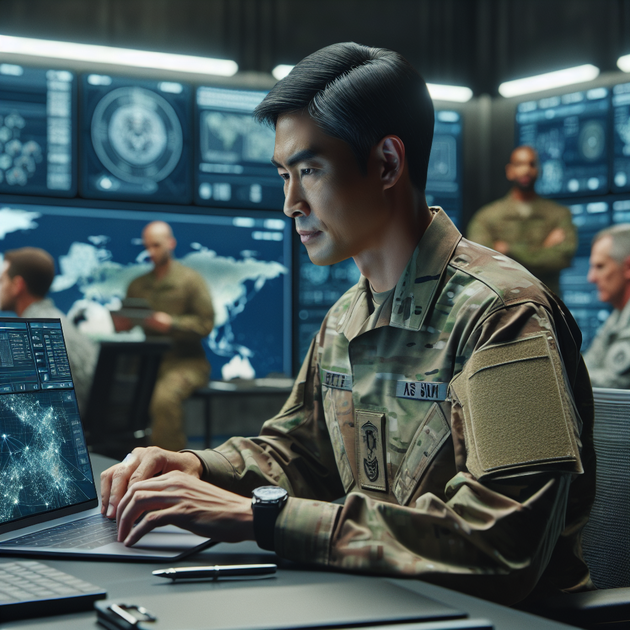What happens when a US Army general relies on artificial intelligence to make critical military calls? That question is no longer hypothetical—one high-ranking officer has openly admitted to using AI for real-life decision making and even describes being “really close” with ChatGPT.
Let’s dive into what this means for the future of defense, why it’s making headlines, and what it could mean for the way militaries operate worldwide.
The Rise of AI Military Decisions
AI tools like ChatGPT are no longer just experimental—they’re being used at the highest levels of command. According to reports from recent interviews and discussions, a US Army general acknowledged using artificial intelligence to support key military decisions. What’s even more notable is his comfort level with these technologies—he even joked about being “really close” to ChatGPT.
The general’s comments have sparked fresh conversations about the role of AI military decisions in modern warfare. While the specifics weren’t detailed publicly, the implication is clear: advanced language models and machine learning systems are now part of the defense toolkit.
For those curious about how AI is reshaping the armed forces, the Department of Defense has previously outlined ethical principles for using artificial intelligence in operations (see official DoD statement). These guidelines are meant to ensure that humans remain in control, but the trend toward increased automation is unmistakable.
How Are Military Leaders Using AI?
So what does it actually look like when a general uses an AI tool like ChatGPT? While classified details remain under wraps, here are a few ways artificial intelligence is already shaping military decision making:
- Simulating scenarios: AI can run countless battle or logistics simulations in seconds to help commanders weigh options.
- Real-time data analysis: Machine learning systems quickly sift through huge amounts of information from satellites, sensors, and reports.
- Language translation: Tools like ChatGPT can break down language barriers during multinational missions.
- Brainstorming and planning: Generative AI helps leaders explore creative strategies and potential outcomes.
- Administrative support: Automating routine paperwork or scheduling so commanders can focus on strategy.
It’s not just about speed—AI offers new perspectives on old challenges. But while the potential is clear, there are also plenty of concerns about accuracy, reliability, and ethics.
Benefits and Risks of Relying on AI in Defense
Why are generals turning to AI in the first place? The answer comes down to efficiency and insight—but it’s not without its risks.
Benefits include:
- Faster decision-making: Processes that once took hours or days can happen in minutes.
- Unbiased analysis: Machines aren’t swayed by emotion or politics (though they do reflect their training data).
- Handling complexity: AI thrives on analyzing vast data sets beyond human capability.
Risks include:
- Over-reliance: Relying too much on automation could erode critical human judgment.
- Misinformation: Language models like ChatGPT can “hallucinate” facts or misunderstand context.
- Security threats: Malicious actors could target or manipulate these systems (as noted by CISA).
The balance between these factors is still being worked out at every level—from Pentagon policy makers to boots on the ground.
An Inside Look: Generals and Generative AI
Some stories bring these shifts to life better than any policy paper. Picture a high-ranking officer prepping for a major mission with a team of analysts—and a laptop open to an AI chat window.
One defense consultant recalled sitting in on a late-night planning session where a general fired off questions to an AI tool about possible outcomes for an operation. The team discussed each suggestion—not to replace human judgment but to expand their thinking and challenge assumptions. It wasn’t just about what the machine said—it was the way it pushed everyone to consider new angles.
This blend of human expertise and machine insight may be the new norm in command centers around the world.
The Big Picture: What Comes Next?
The public admission that a US Army general is actively using AI for military decisions signals a turning point for defense technology. As language models like ChatGPT keep improving, expect to see even more creative uses across all branches of the armed forces.
But as these tools become more common, so will discussions about transparency, accountability, and the importance of human oversight.
So where does that leave us? Is a future where generals and chatbots work side-by-side something to welcome—or something to watch closely? How would you feel knowing important national security decisions may have a little help from artificial intelligence?

Leave a Reply